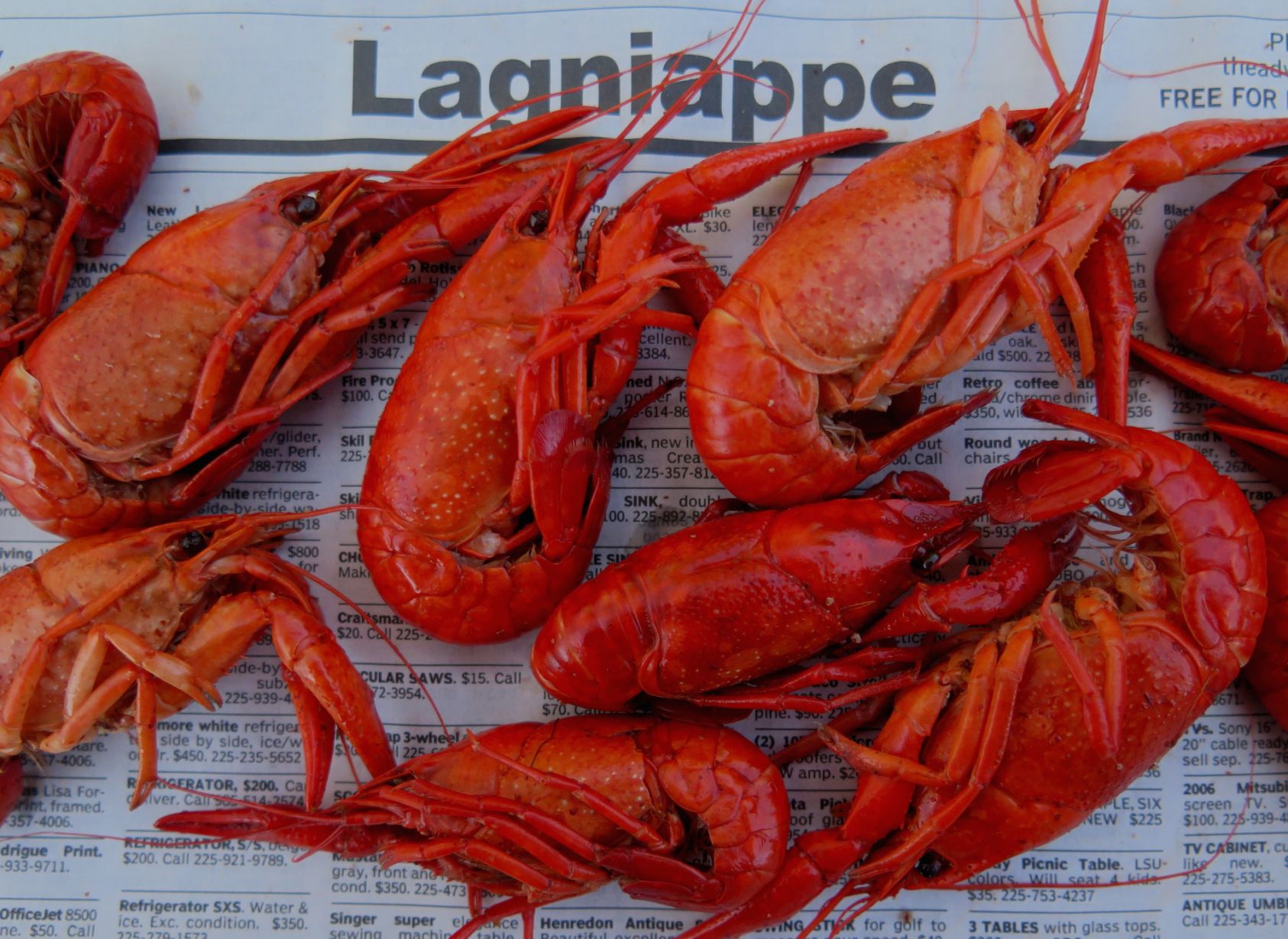Wetlands summer camp promises pre-teens fun
March 23, 2016
UPDATE: Missing Raceland man found dead
March 23, 2016Throughout the history of Louisiana (especially in the south) crawfish have been a highly sought-after food source. Early French settlers as far back as the mid-1700s caught crawfish with the “bait-on-the-string” method. And by 1880, a commercial production of 10,000 pounds of crawfish worth $800 was reported in a government publication.
By the 1920s, annual commercial production averaged about 100,000 pounds. Because of problems such as inefficient capture methods (primarily dip nets), lack of adequate highways and a transportation infrastructure, and poorly developed preservation methods, growth of the industry proceeded slowly until the 1930s. By then, improvements in gear, transportation, and preservation, along with population increases in south Louisiana, made possible significantly increased commercial catches.
From the 1930s up until the late 1940s, all crawfish production was from the wild. Production during that period averaged about a million or so pounds per year.
The first reported crawfish pond production occurred in 1949 when a rice farmer re-flooded his rice field after the fall harvest. By keeping his field flooded, crawfish growth was facilitated and production of a farm-raised crop was enabled. In years since then, farm ponds were established for the exclusive purpose of growing crawfish. Crawfish aquaculture is currently done by farming in ponds, flooding swamps, and in rotation with rice production.
Although crawfish are cultivated for food in Texas, Arkansas, Mississippi, South Carolina, and North Carolina, and are consumed in these and many other states, Louisiana continues to dominate the North American crawfish industry. In fact, farm-raised crawfish has become Louisiana’s most valuable aquaculture commodity. During the 2014 season, approximately 127 million pounds of farm-raised crawfish, worth about 172 million dollars, were harvested and sold. And our appetite for the tasty little crustaceans just seems to keep increasing!
But what about this delectable little shellfish we affectionately know as the mudbug? What are its characteristics and habits and what makes it such a great animal for aquaculture production?
Found on every continent in the world except Africa, there are over 300 species worldwide. In North America we have two hundred or so different types of crawfish. And although over twenty species are found in Louisiana, the two species of greatest importance here and in the southern U.S. are the red swamp crawfish (Procambarus clarkii) and the white river crawfish (Procambarus zonangulus).
Our crawfish are temperate animals, meaning they live best in areas that are neither too hot nor too cold. They generally live for two years or less, have high juvenile survival rates, and can spawn year-round with females being able to reproduce more than once per year.
The life cycle of crawfish has evolved to allow it to adapt to the cycles of low-water dry and high-water flood conditions found in nature. Crawfish farmers capitalize on this by reproducing these conditions in their farm ponds.
Mature crawfish mate in open water in the spring. Sperm from the male is stored in the female’s seminal receptacle. As water levels go down in later spring and early summer, females burrow into the ground and hole up there for the summer. In the burrows, females spawn and the eggs are attached to the underside of the tail. After hatching, the young crawfish tend to stay with the female for several weeks even though they are no longer attached to her.
Pond flooding in the early fall allows crawfish to emerge from their burrows and move about the pond. Hatchlings quickly become separated from the female and go about foraging and growing. After a period of growth over the fall and winter, the young of the year crawfish mature and become large enough to reproduce. Following the winter, these crawfish mate in the spring and … the cycle is repeated.
Farmers start harvesting crawfish beginning around November and continuing through about April-June. About two-thirds of the Louisiana farm-raised crawfish crop is harvested from March through June. So, now through late spring – early summer is the best time to enjoy one of our favorite Louisiana legacy foods … the crawfish!
Alan Matherne is the Louisiana Sea Grant / LSU AgCenter Marine Extension Agent.






